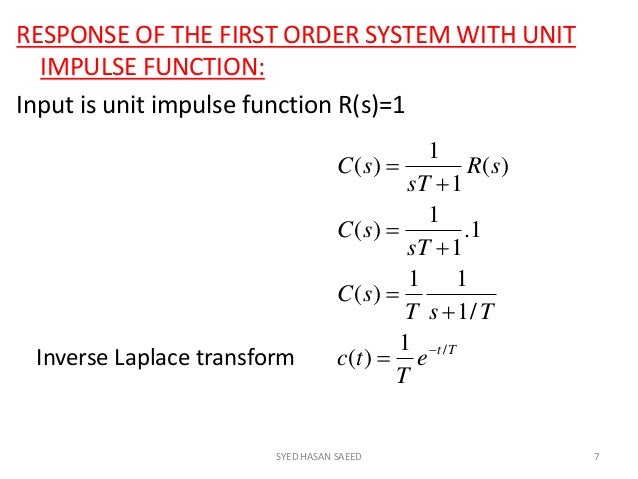Associativnij Test Yunga Onlajn

Jun 10, 2011 - Implicit Association Test (IAT) is a psychological measure aimed at tapping. Our preprint [Conducting IAT Research within Online Surveys: A.
Acute pancreatitis and acute kidney injury are well-documented comorbidities in human medicine. Dogs that develop acute kidney injury during hospitalization have significantly higher mortality rates than those that do not. The aim of this study was to evaluate the prevalence of acute kidney injury in dogs with acute pancreatitis and the prognostic value of various clinicopathological parameters. Cases of acute pancreatitis presented between January 2012 and June 2016 were identified.
File size: 1526 Kb Version: 7.7 Date added: 14 Apr 2012 Price: Free Operating systems: Windows XP/Vista/7/8/10 MacOS Downloads: 4013 A SPECIAL SECTION Selected Peer-Reviewed Articles from the 2016 International Conference on Computer, Communication, and Control Technology (I4CT 2016), Kota. This article’s lead section may not adequately summarize its contents. Search Results 2017/963 ( PDF) Non-interactive proofs of proof-of-work Aggelos Kiayias and Andrew Miller and Dionysis Zindros. Original Article. 
The diagnosis of acute pancreatitis was based on two or more of the following clinical signs: abdominal pain, diarrhea, vomiting or anorexia/hyporexia, no other abdominal extra-pancreatic diseases at abdominal ultrasound, and abnormal SNAP cPL test. Diagnosis of acute kidney injury was based on the guidelines of the International Renal Interest Society. Dogs were classified into survivors and non-survivors. Serum creatinine, urea, amylase, total calcium, total cholesterol, C-reactive protein, WBC and band neutrophils were evaluated at admission. Cartiglio a4 autocad blocks. Clinical severity index was calculated at admission.
Clinical and clinicopathological data were compared between survivors and non-survivors. Sixty-five dogs with acute pancreatitis were assessed.
Clinical severity index≥6.5 were associated with poor outcome (P=0.0011). Serum urea and creatinine concentrations at admission were significantly lower in survivors than non-survivors (P. Hydroxyl-containing cholesterol and metabolites (HCMs) are potential biomarkers for Alzheimer's disease.
Therefore, quantitative analysis of HCMs can serve as an indicator of clinical diagnosis and drug treatment. In this work, we developed an accurate, sensitive and rapid method for the determination of HCMs in rat blood microdialysates by microwave-assisted stable isotope labeling derivatization (MA-SILD) magnetic dispersive solid phase extraction (MDSPE) coupled with ultra-high performance liquid chromatography electrospray ionization tandem mass spectrometry (UHPLC-ESI-MS/MS) in the multiple reaction monitoring mode (MRM). In this respect, a pair of new SILD reagents, d0-/d3-3-N-methyl-2'-carboxyl Rhodamine 6G (d0-/d3-MCR6G), were designed, synthesized and used to label HCMs. Rhodamine 6G with permanently positive charge was introduced into HCMs, improving ionization efficiency and enhancing detection sensitivity. In addition, the d3-MCR6G labeled standards were served as internal standards, reducing the matrix effect and guaranteeing accurate quantification.

Various factors affecting MA-SILD and MDSPE were optimized. Furthermore, good linearity was obtained with R2 > 0.994 over the concentration range of 2-3000 pg/mL. The limits of detection (LODs) and quantitation (LOQs) were in the range of 0.24-0.31 and 1.5-1.8 pg/mL, respectively. Acceptable precision (1.6-12.6%), accuracy (87.9-105.2%), matrix effect (85.4-111.2%) and derivatization efficiency (>98%) were achieved. On the whole, this method was validated and applied to accurate, sensitive and simple quantitation of HCMs in rat blood microdialysates. This work would provide some technical support in the diagnosis and treatment of AD or other neurological diseases.
In the study, comparative analysis before and after the air cryotherapy for the following parameters: total cholesterol (using a set of reagents CHOL_2, automatic biochemical analyzer ADVIA 2400(Siemens), glucose (using a set of reagents Glucose Hexokinase II, automatic biochemical analyzer ADVIA 2400 (Siemens), cholesterol of low-density lipoproteins (using the set of reagents of L-HDL, automatic biochemical analyzer ADVIA 2400 (Siemens). The number of oxidized lipoproteins (LP) was determined by the method of the Muzya G. I., the amount of LP resistant to oxidation was determined by the Ragino Yu.I. The clinical group consisted of 30 people with a verified diagnosis of metabolic syndrome, the average age of which was 45.3±3.7 years. Patients of the clinical group received a course of cryotherapy by the method, including the presence in the pre -chamber at t0 -600C for 30 seconds, then in the main chamber at t 0-110-1200C for 180 seconds. Procedures were released again with an interval of 20 minutes, daily within 10 days. Statistical processing of the obtained data was carried out according to conventional methods with the determination of the arithmetic mean, the mean error using the program STADIA version 6.0.